Why are we so behind when it comes to embryo donation?
CAROLYN Martinez was about to give up on her dream. Then an email from a complete stranger changed all that.
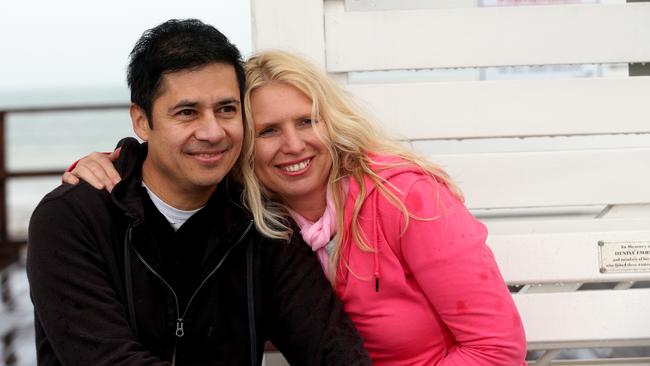
CAROLYN MARTINEZ had all but given up hope of having a child.
She met her husband Saul when they were both in their mid-30s after both had been in long-term relationships — she for 12 years, he for 14.
“We both became single in our early-30s which is a tough time to be single because if you wanted a family, by the time you meet someone, decide you want to be with them, decide you want to have a family with them, suddenly you find yourself in your late-30s,’’ she says.
The pair began trying when he was 39, she 37. After a year they consulted a doctor who sent them straight to IVF.
What followed was 16 unsuccessful cycles of IVF.
“That included 14 fresh cycles myself and two cycles with eggs donated from a close relative,” Martinez says.
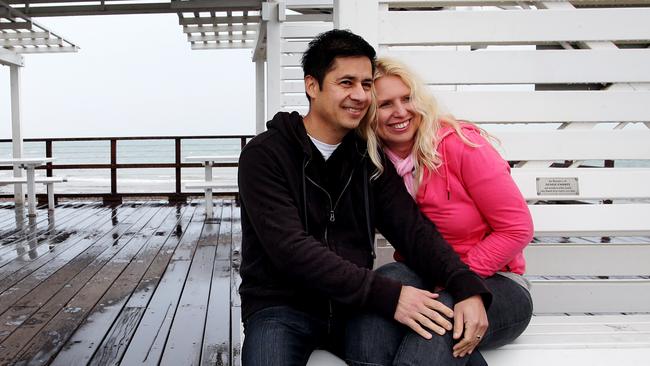
Then she received an email out of the blue from Frances (name changed) — a complete stranger who had read about Martinez’s struggle in a local newspaper and was offering her some of the frozen embryos that were left over from her own successful IVF cycle.
“When I first read it, I didn’t believe it,” Martinez says.
“I called my husband straight away and just said, ‘Guess what? Someone’s offered us a baby’. I was so excited.”
Martinez and her husband went on to develop a friendship with Frances and her partner — the law at the time required them to know each other for two years before the embryo transfer could take place.
“When they decided we were the ones and donated their embryos to us we felt such elation,” Martinez recalls.
“We had hope again.”
She miscarried six babies using the donated embryos, but on the seventh attempt — success.
They now have a beautiful one-year-old daughter Caterina who they marvel at “each and every day”.
They keep in regular contact with her donor parents and envisage the donor family being like an aunt, uncle and cousins to their daughter.
“For Caterina’s first birthday her donor family sent her a stunning charm bracelet and their kids are going to add a new charm to it every year,” Martinez says.
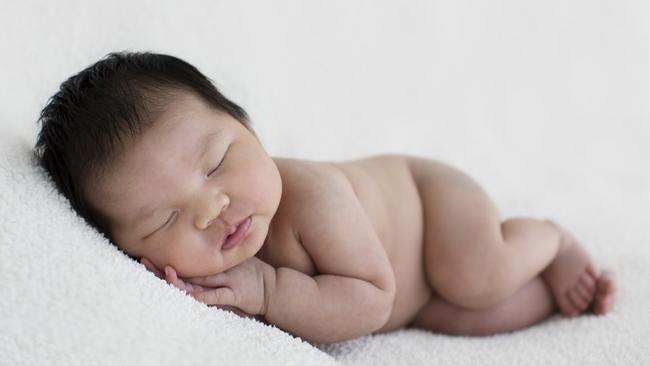
Carolyn and Saul are certainly not alone — there are plenty of Australians for whom embryo donation is their last hope, especially as more couples are trying to have children in their 30s and 40s. Just take a look at the “embryos wanted” section on the Embryo Donation Network website to get some idea of how many people are in need. (In a way it seems odd that something that has come about because of incredible advances in science is being managed on something that is tantamount to a digital bulletin board.)
It’s just one of the ways Australia is a bit behind the times when it comes to embryo donation.
It’s far more prevalent in the US. For a start, there are several dedicated embryo donation centres in operation, and in general there are more embryos on offer: US IVF practices tend to generate more embryos per cycle than Australian practices according to Dr Sonya Jessup from Demeter Fertility. In the US last year there were more than half a million embryos in storage.
Professor Michael Chapman, President of the Fertility Society of Australia, says it’s difficult to estimate how many embryos are in storage here in Australia.
“The census done six years ago suggests there are less than 1500, which have a potential for a live birth of 20 per cent per embryo,” he says.
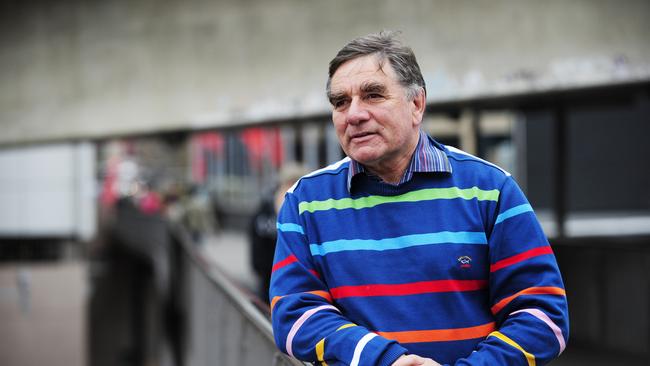
Dr Jessup goes on to point out that “culturally, Australians in general are not ‘big’ in regards to donating sperm, egg, embryos or organs, and this is different to the US”.
She also says there may be a difference in the rate of embryo donation in the US as anonymous donation is not available under Australian law.
And this brings us to one of the biggest issues: the laws and legislations surrounding donation in our country are fairly underdeveloped.
“There are no laws in Australia, other than clinics following NHMRC guidelines regarding counselling and no anonymity,” says Chapman.
Marieke McPhail, president of the Embryo Donation Network believes these laws need to be addressed ASAP, so that people feel more confident in engaging in embryo donation.
“There is an urgent need for a national system that facilitates accurate and consistent handling of
information regarding donor conception,” she says.
“In Australia we have a state-by-state patchwork of laws and regulations around donor conception.
“There are many inconsistencies and gaps in legislation, which leave those involved vulnerable”.
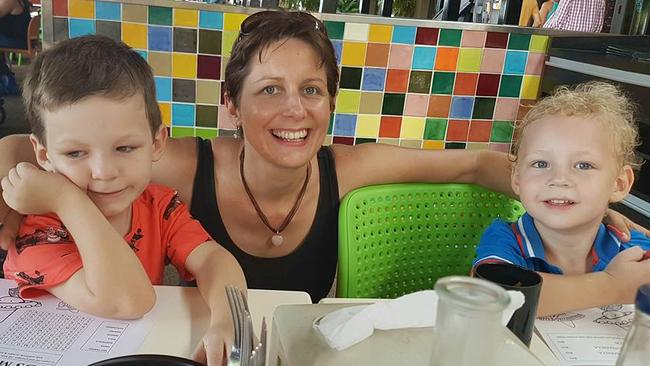
One example of someone being “left vulnerable” is the story of Natalie Parker, a Sydney resident who donated embryos under the proviso that any child born from the donation had to know its true identity.
Parker believes that the donor recipient falsely led them to believe the pregnancy had failed so she didn’t have to honour the agreement (Parker stumbled across photographs online showing the embryo recipient with a baby boy).
IVF Australia is now investigating her allegations.
McPhail says this case highlights the urgent need for a national agency responsible for managing information on every donor conception.
“[While this case] appears to be the first incident of its kind, it does raise the issue that the current system in NSW requires the goodwill of all parties to accurately report the outcome of embryo donations.
“The NSW system is reliant on embryo recipients providing birth information to clinics, which in turn provide these details to the NSW Central Register.
“In the current system, a donor’s details are only recorded on the central register if a child is known to have been born from the donation”.
Carolyn Martinez says she was “horrified” when she read about Parker’s experience.
“Stories like that give [what should be] a truly amazing, beautiful process a bad wrap,” she says.
“Our donors gave us the ultimate gift and we have far too much respect and appreciation for what they did for us to ever turn our backs on them”.
- With Mike Bruce at the Courier Mail
— You can purchase Carolyn Martinez’s e-book Inspiring IVF Stories online.




